Home>Home Appliances>Home Automation Appliances>What Is The O/B Wire On A Thermostat
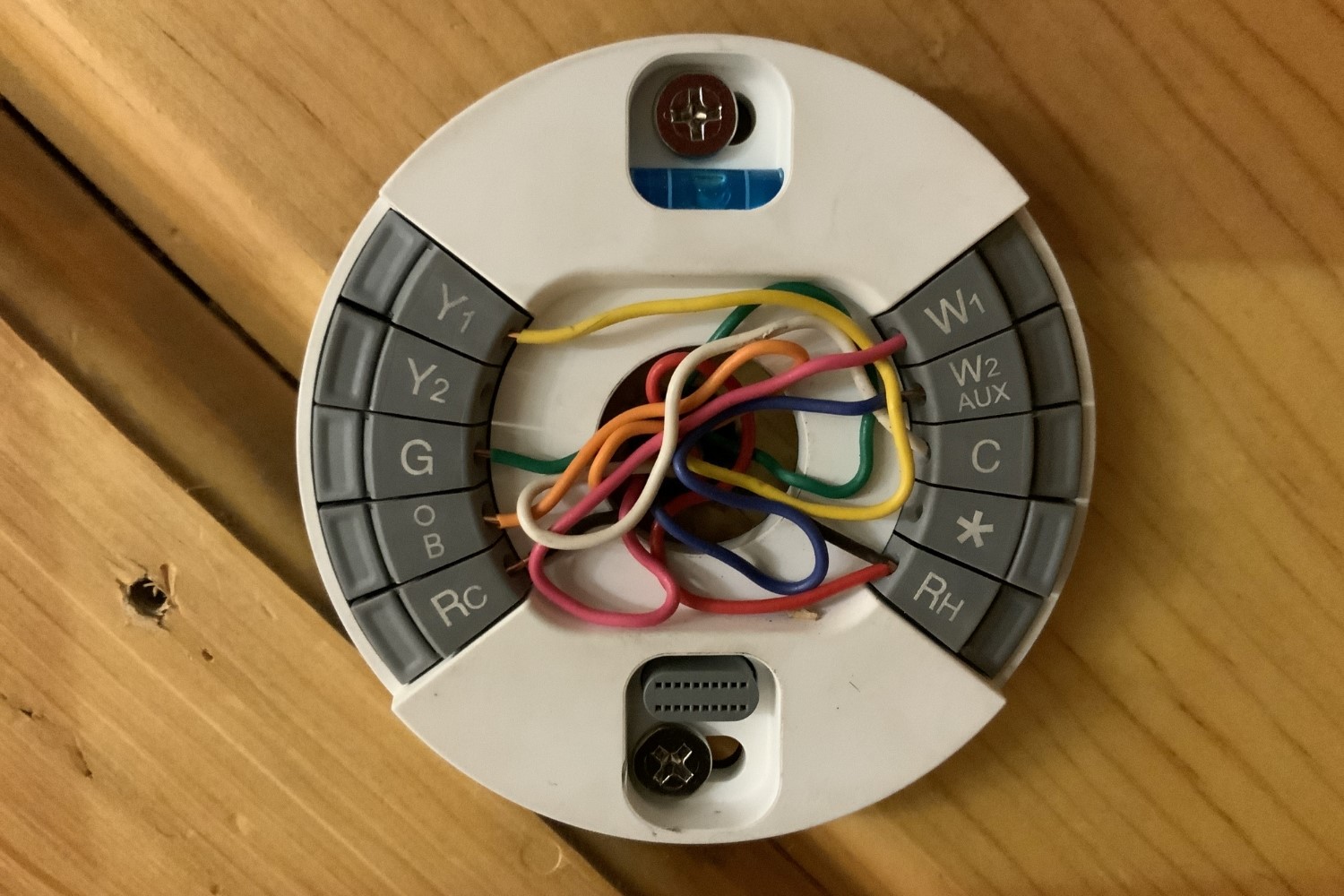

Home Automation Appliances
What Is The O/B Wire On A Thermostat
Modified: May 6, 2024
Learn about the O/B wire on a thermostat and its role in home automation appliances. Understand how it impacts your HVAC system. Explore troubleshooting tips and installation guidelines.
(Many of the links in this article redirect to a specific reviewed product. Your purchase of these products through affiliate links helps to generate commission for Storables.com, at no extra cost. Learn more)
Introduction
Understanding the intricacies of a thermostat can significantly impact the comfort and efficiency of a home's heating and cooling system. Among the various wires connected to a thermostat, the O/B wire plays a crucial role in facilitating the seamless operation of heat pumps. This wire, often overlooked, is instrumental in ensuring that the thermostat effectively controls the heating and cooling functions of the HVAC system.
The O/B wire, short for "orange" and "blue," is responsible for managing the reversing valve in a heat pump system. When the thermostat triggers the system to switch between heating and cooling modes, the O/B wire initiates the reversal of the refrigerant flow, enabling the heat pump to function optimally. This fundamental aspect of the O/B wire's function underscores its significance in maintaining the desired indoor temperature and maximizing energy efficiency.
In this comprehensive guide, we will delve into the intricate details of the O/B wire, shedding light on its importance, the types of thermostats that utilize it, common issues that may arise, and troubleshooting methods to address potential problems. By gaining a deeper understanding of the O/B wire and its role in thermostat operation, homeowners and HVAC enthusiasts can effectively troubleshoot issues and optimize the performance of their heating and cooling systems. Let's embark on this enlightening journey to unravel the mysteries of the O/B wire, demystifying its significance and functionality within the realm of thermostat operation.
Key Takeaways:
- The O/B wire in a thermostat is crucial for heat pump operation, seamlessly switching between heating and cooling modes for optimal comfort and energy efficiency.
- Thermostats with O/B wires come in various types, offering unique features like programmable settings and remote access for enhanced control and energy management.
Read more: What Is The Orange Wire On A Thermostat
Understanding the Thermostat O/B Wire
At the heart of a thermostat’s wiring system lies the O/B wire, which serves as a crucial link between the thermostat and the heat pump in HVAC setups. The O/B wire is primarily associated with heat pump systems, where it plays a pivotal role in orchestrating the reversal of the refrigerant flow to enable both heating and cooling functions. This wire is often colored in various shades, such as orange or blue, to facilitate easy identification during installation and troubleshooting.
When the thermostat signals the need for heating, the O/B wire triggers the heat pump to function as a heater by reversing the direction of the refrigerant flow. Conversely, when cooling is required, the wire ensures that the heat pump operates in the cooling mode by returning the refrigerant flow to its original direction. This seamless transition between heating and cooling modes is made possible by the O/B wire’s ability to communicate with the heat pump, allowing the thermostat to effectively regulate indoor temperature based on the user’s preferences.
Understanding the role of the O/B wire is integral to comprehending the intricate dance between the thermostat and the heat pump in maintaining a comfortable indoor environment. While the O/B wire may appear as a simple component within the thermostat’s wiring scheme, its impact on the overall functionality of the HVAC system is profound. By grasping the significance of the O/B wire, homeowners and HVAC professionals can gain valuable insights into the operation and optimization of heat pump systems, ultimately leading to enhanced comfort and energy efficiency.
In essence, the O/B wire serves as the linchpin that enables the seamless coordination between the thermostat and the heat pump, ensuring that the HVAC system operates harmoniously to deliver optimal heating and cooling performance. As we delve deeper into the significance of the O/B wire, we will uncover its pivotal role in the broader context of thermostat functionality and its impact on the overall efficiency of heat pump systems.
Importance of the O/B Wire
The O/B wire holds immense significance in the realm of thermostat functionality, particularly in the context of heat pump systems. Its primary role in orchestrating the reversal of the refrigerant flow within the heat pump is fundamental to the seamless operation of heating and cooling functions. By facilitating this critical process, the O/B wire enables the thermostat to effectively regulate indoor temperature based on the user’s preferences, thereby contributing to enhanced comfort and energy efficiency.
One of the key aspects underscoring the importance of the O/B wire is its ability to enable the heat pump to function as both a heater and a cooler. This versatility is pivotal in regions where temperature variations are significant, as it allows for year-round comfort without the need for separate heating and cooling systems. The O/B wire’s role in seamlessly transitioning the heat pump between heating and cooling modes is essential in maintaining a consistent and comfortable indoor environment, regardless of external weather conditions.
Furthermore, the O/B wire’s impact on energy efficiency cannot be overstated. By ensuring that the heat pump operates in the appropriate mode based on the thermostat’s commands, the O/B wire plays a crucial role in optimizing energy usage. This, in turn, leads to cost savings and reduced environmental impact, making it a vital component in the quest for sustainable and eco-friendly HVAC systems.
Another compelling aspect of the O/B wire’s importance lies in its contribution to the overall reliability of the HVAC system. Its seamless coordination with the heat pump allows for smooth transitions between heating and cooling functions, minimizing wear and tear on the system components. This, in turn, can lead to extended equipment lifespan and reduced maintenance requirements, ultimately enhancing the long-term reliability of the heating and cooling system.
Ultimately, the O/B wire’s importance transcends its seemingly simple function within the thermostat’s wiring. It is a linchpin in the operation of heat pump systems, impacting comfort, energy efficiency, and system reliability. By recognizing and appreciating the pivotal role of the O/B wire, homeowners and HVAC professionals can gain a deeper understanding of the intricate mechanisms that govern thermostat operation and its broader implications for indoor comfort and sustainability.
Types of Thermostats with O/B Wire
Thermostats equipped with an O/B wire are commonly found in HVAC systems that utilize heat pumps for both heating and cooling functions. These thermostats play a crucial role in orchestrating the seamless operation of heat pump systems, ensuring efficient temperature regulation and energy usage. There are several types of thermostats that incorporate the O/B wire, each offering unique features and capabilities to cater to diverse HVAC setups and user preferences.
1. Standard Programmable Thermostats:
These thermostats feature programmable settings that allow users to schedule temperature adjustments throughout the day. By incorporating the O/B wire, they can effectively control the operation of heat pumps, enabling seamless transitions between heating and cooling modes based on the programmed settings. This type of thermostat provides convenience and energy savings by optimizing temperature control according to the occupants’ daily routines.
2. Smart Thermostats:
Smart thermostats, equipped with advanced connectivity features and intuitive interfaces, offer enhanced control and energy management capabilities. They utilize the O/B wire to communicate with heat pumps and ensure precise regulation of indoor temperature. Additionally, smart thermostats often incorporate adaptive learning algorithms and remote access, allowing users to optimize HVAC settings based on their preferences and environmental conditions, leading to increased comfort and energy efficiency.
3. Touchscreen Thermostats:
These thermostats feature user-friendly touchscreen interfaces, providing intuitive control over HVAC systems. By integrating the O/B wire, touchscreen thermostats enable seamless management of heat pump operations, allowing users to adjust settings with ease and precision. The visual appeal and user-friendly design of touchscreen thermostats enhance the overall user experience while ensuring effective temperature regulation through the O/B wire’s functionality.
4. Wi-Fi Enabled Thermostats:
Wi-Fi enabled thermostats leverage wireless connectivity to offer remote access and control capabilities. With the O/B wire playing a pivotal role in managing heat pump operations, these thermostats enable users to monitor and adjust their HVAC systems from anywhere via smartphone apps or web interfaces. This level of connectivity and control enhances convenience and energy management, making Wi-Fi enabled thermostats a popular choice for modern homes and businesses.
By understanding the various types of thermostats that incorporate the O/B wire, homeowners and HVAC professionals can make informed decisions when selecting the most suitable thermostat for their heating and cooling needs. Each type offers distinct features and benefits, all of which are enhanced by the O/B wire’s role in facilitating the seamless operation of heat pump systems.
The O/B wire on a thermostat is used to control the reversing valve in a heat pump system. When the thermostat calls for cooling, the O/B wire is energized to activate the cooling mode. When the thermostat calls for heating, the O/B wire is not energized, allowing the heat pump to operate in heating mode.
Common Issues with O/B Wire
While the O/B wire plays a critical role in the operation of heat pump systems, it is not immune to potential issues that may arise over time. Understanding the common problems associated with the O/B wire is essential for homeowners and HVAC professionals to effectively troubleshoot and address any disruptions in thermostat functionality and heat pump operations.
1. Miswiring and Incorrect Connections:
One of the most prevalent issues with the O/B wire involves miswiring during installation or incorrect connections within the thermostat or HVAC system. This can lead to erratic behavior in heat pump operation, causing inconsistencies in heating and cooling functions. Identifying and rectifying miswiring is crucial to ensure the proper functionality of the O/B wire and the overall HVAC system.
2. Sensor Malfunction:
In some instances, the sensors responsible for detecting temperature differentials and signaling the O/B wire to initiate mode changes may malfunction, leading to inaccurate temperature regulation. This can result in the heat pump operating in the wrong mode, impacting indoor comfort and energy efficiency. Regular sensor maintenance and calibration are essential to prevent such issues.
3. Electrical Interference:
Electrical interference from nearby sources or faulty wiring can disrupt the signals transmitted through the O/B wire, leading to communication errors between the thermostat and the heat pump. This interference can cause erratic behavior in mode switching and may result in the heat pump failing to operate in the desired heating or cooling mode. Proper grounding and shielding of wiring can mitigate the impact of electrical interference.
4. Thermostat Compatibility:
Compatibility issues between the thermostat and the HVAC system, particularly with respect to the O/B wire’s function, can lead to operational discrepancies. It is essential to ensure that the thermostat is compatible with the specific requirements of the heat pump system, including the proper utilization of the O/B wire for mode changes.
5. Mechanical Wear and Tear:
Over time, mechanical wear and tear on the O/B wire and its associated components can lead to degradation in functionality. This may manifest as intermittent mode switching or failure to trigger the heat pump’s operation, necessitating thorough inspection and potential replacement of the affected components.
By recognizing these common issues with the O/B wire, homeowners and HVAC professionals can proactively address potential disruptions in thermostat and heat pump operations. Regular maintenance, proper installation, and timely troubleshooting are essential in mitigating these issues and ensuring the seamless functionality of the O/B wire within the broader context of HVAC systems.
Read more: What Color Are Thermostat Wires
Troubleshooting O/B Wire Problems
When encountering issues with the O/B wire in a thermostat system, it is essential to employ systematic troubleshooting methods to identify and resolve potential problems. By following a structured approach, homeowners and HVAC professionals can effectively address O/B wire-related issues, ensuring the optimal functionality of the thermostat and the associated heat pump system.
1. Verify Correct Wiring:
Begin by carefully inspecting the wiring connections within the thermostat and the HVAC system to ensure that the O/B wire is correctly installed and securely connected. Any signs of loose or damaged wiring should be promptly addressed to prevent erratic behavior in heat pump operations.
2. Conduct Sensor Checks:
Verify the functionality of temperature sensors and associated components that interface with the O/B wire. Ensure that the sensors are accurately detecting temperature differentials and signaling the O/B wire to initiate mode changes. Calibration and maintenance of sensors are crucial in preventing inaccuracies in mode switching.
3. Address Electrical Interference:
Identify and mitigate potential sources of electrical interference that may disrupt signals transmitted through the O/B wire. Proper grounding and shielding of wiring can minimize the impact of interference, ensuring consistent communication between the thermostat and the heat pump.
4. Ensure Thermostat Compatibility:
Confirm that the thermostat is compatible with the specific requirements of the heat pump system, particularly with respect to the O/B wire’s function. Refer to the thermostat’s manual and the HVAC system’s specifications to verify proper utilization of the O/B wire for mode changes.
5. Inspect for Mechanical Wear:
Thoroughly inspect the O/B wire and its associated components for signs of mechanical wear and degradation. Replace any worn or damaged components to prevent intermittent mode switching or failure to trigger the heat pump’s operation, ensuring the reliability of the O/B wire.
6. Professional Assessment:
If troubleshooting efforts do not resolve the O/B wire-related issues, it may be necessary to seek the expertise of a qualified HVAC technician. Professional assessment and diagnostics can pinpoint underlying issues and provide targeted solutions to restore the optimal functionality of the O/B wire and the thermostat system.
By systematically troubleshooting O/B wire problems, homeowners and HVAC professionals can address potential disruptions in thermostat and heat pump operations, ensuring consistent and reliable functionality. Proactive maintenance and timely intervention are crucial in preserving the integrity of the O/B wire within the broader context of HVAC systems.
Conclusion
The O/B wire, often overlooked within the intricate web of thermostat wiring, holds immense significance in the realm of HVAC systems, particularly in the context of heat pump operation. Its role in facilitating seamless transitions between heating and cooling modes is pivotal in maintaining a comfortable indoor environment and optimizing energy usage. By understanding the importance of the O/B wire and the common issues that may arise, homeowners and HVAC professionals can effectively troubleshoot and address potential disruptions in thermostat and heat pump operations.
Furthermore, the diverse types of thermostats that incorporate the O/B wire offer unique features and capabilities, catering to a wide range of HVAC setups and user preferences. From standard programmable thermostats to advanced smart and Wi-Fi enabled models, the O/B wire plays a central role in orchestrating the operation of heat pump systems, ensuring precise temperature regulation and energy efficiency.
When encountering issues with the O/B wire, systematic troubleshooting methods can be employed to identify and resolve potential problems. From verifying correct wiring to addressing electrical interference and conducting sensor checks, proactive maintenance and timely intervention are essential in preserving the integrity of the O/B wire within the broader context of HVAC systems.
In essence, the O/B wire serves as a linchpin in the seamless coordination between the thermostat and the heat pump, enabling efficient temperature regulation and energy management. By unraveling the mysteries of the O/B wire and recognizing its pivotal role, homeowners and HVAC professionals can gain valuable insights into the intricate mechanisms that govern thermostat operation, ultimately leading to enhanced indoor comfort and sustainability.
As we navigate the complexities of HVAC systems, let us continue to appreciate the nuanced functionality of components like the O/B wire, recognizing their profound impact on the comfort, efficiency, and reliability of our indoor environments. By embracing a holistic understanding of thermostat wiring and its implications, we empower ourselves to optimize the performance of HVAC systems and embark on a journey towards sustainable and comfortable living.
Ready to step up your home's intelligence? Our latest guide, "Best Home Automation for 2024," is packed with fresh insights and smart solutions for integrating cutting-edge technology into your living space. Discover systems that offer seamless control right from your fingertips, enhancing comfort, efficiency, and security. Don't miss out on transforming your home into a smarter haven!
Frequently Asked Questions about What Is The O/B Wire On A Thermostat
Was this page helpful?
At Storables.com, we guarantee accurate and reliable information. Our content, validated by Expert Board Contributors, is crafted following stringent Editorial Policies. We're committed to providing you with well-researched, expert-backed insights for all your informational needs.
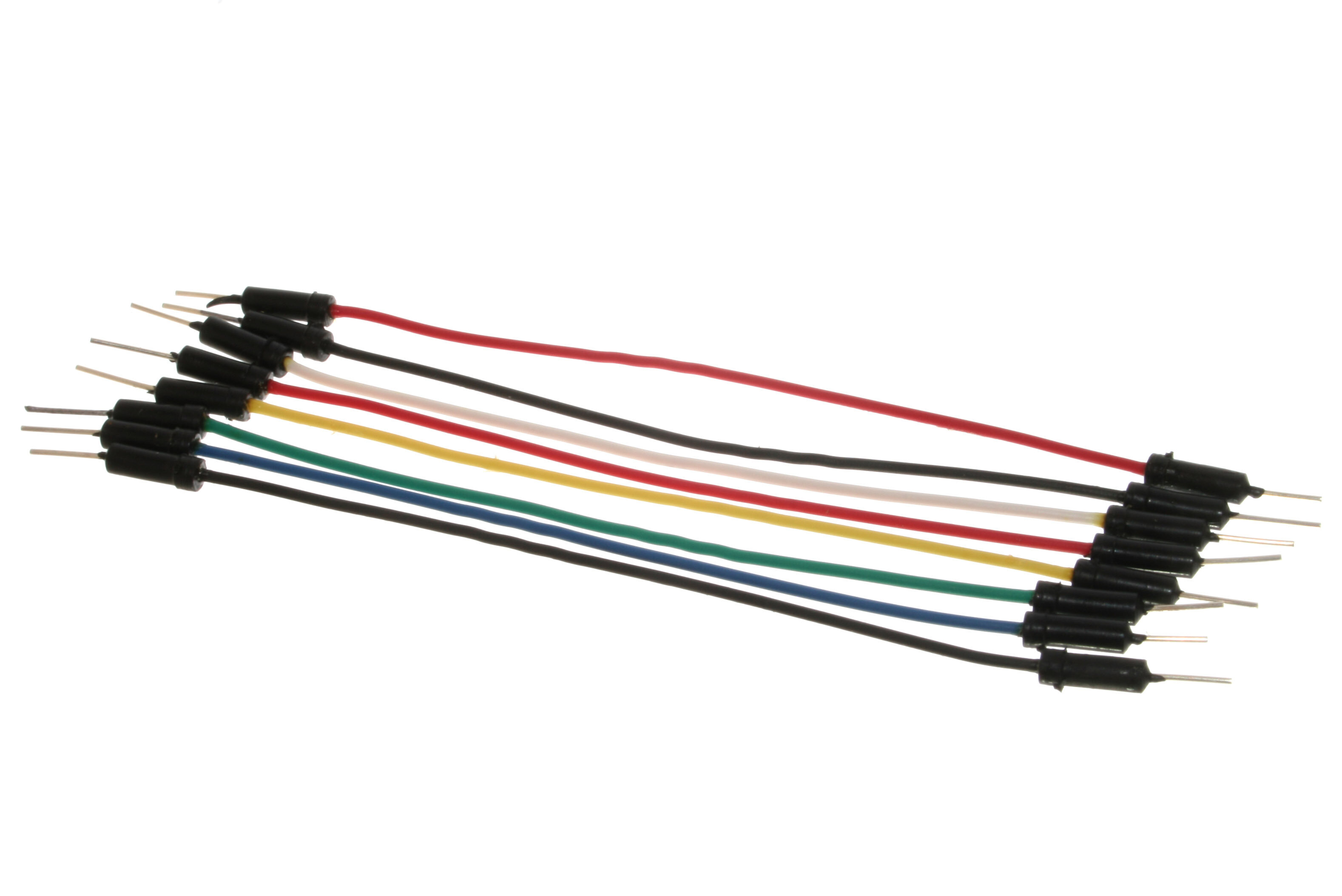
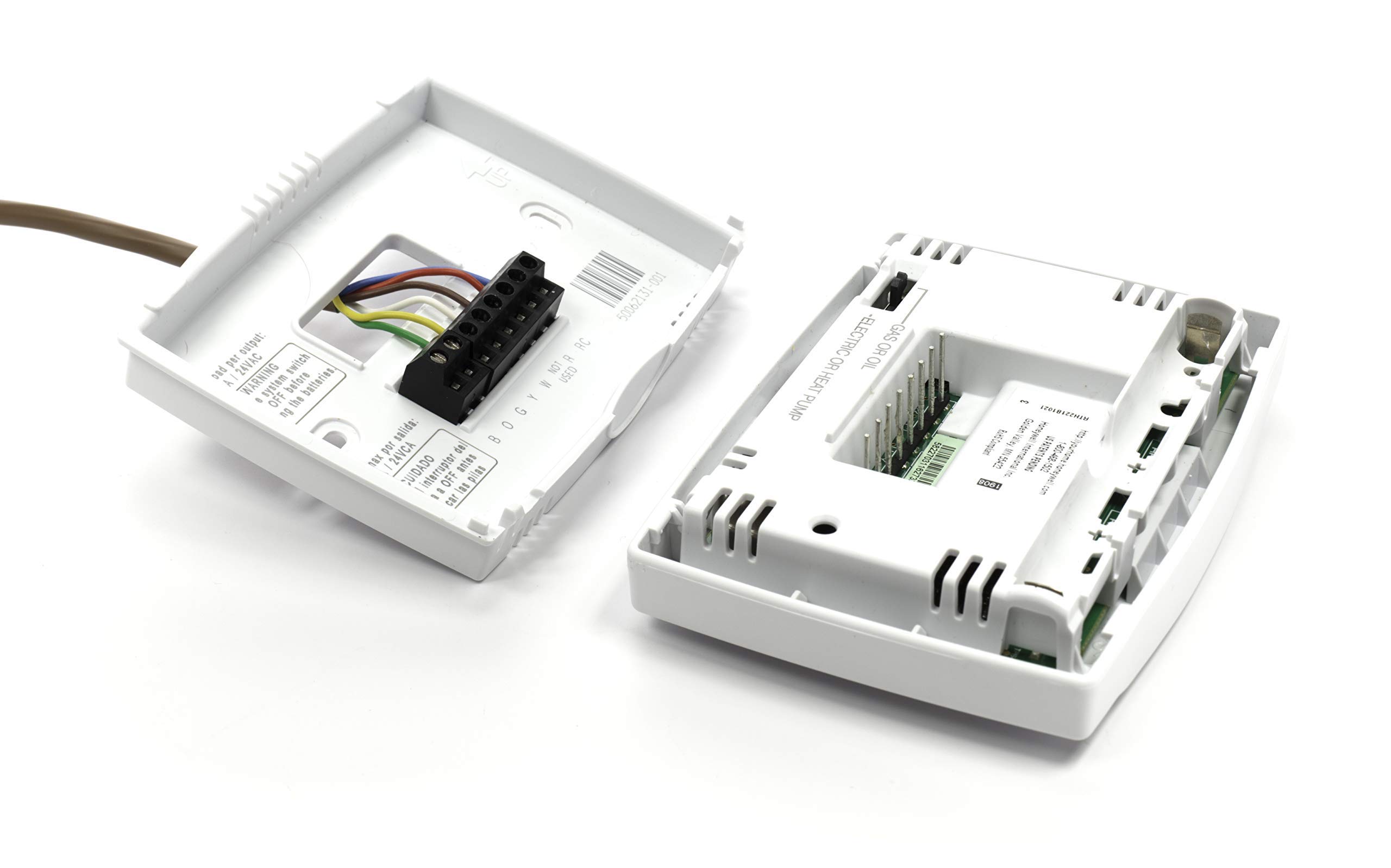
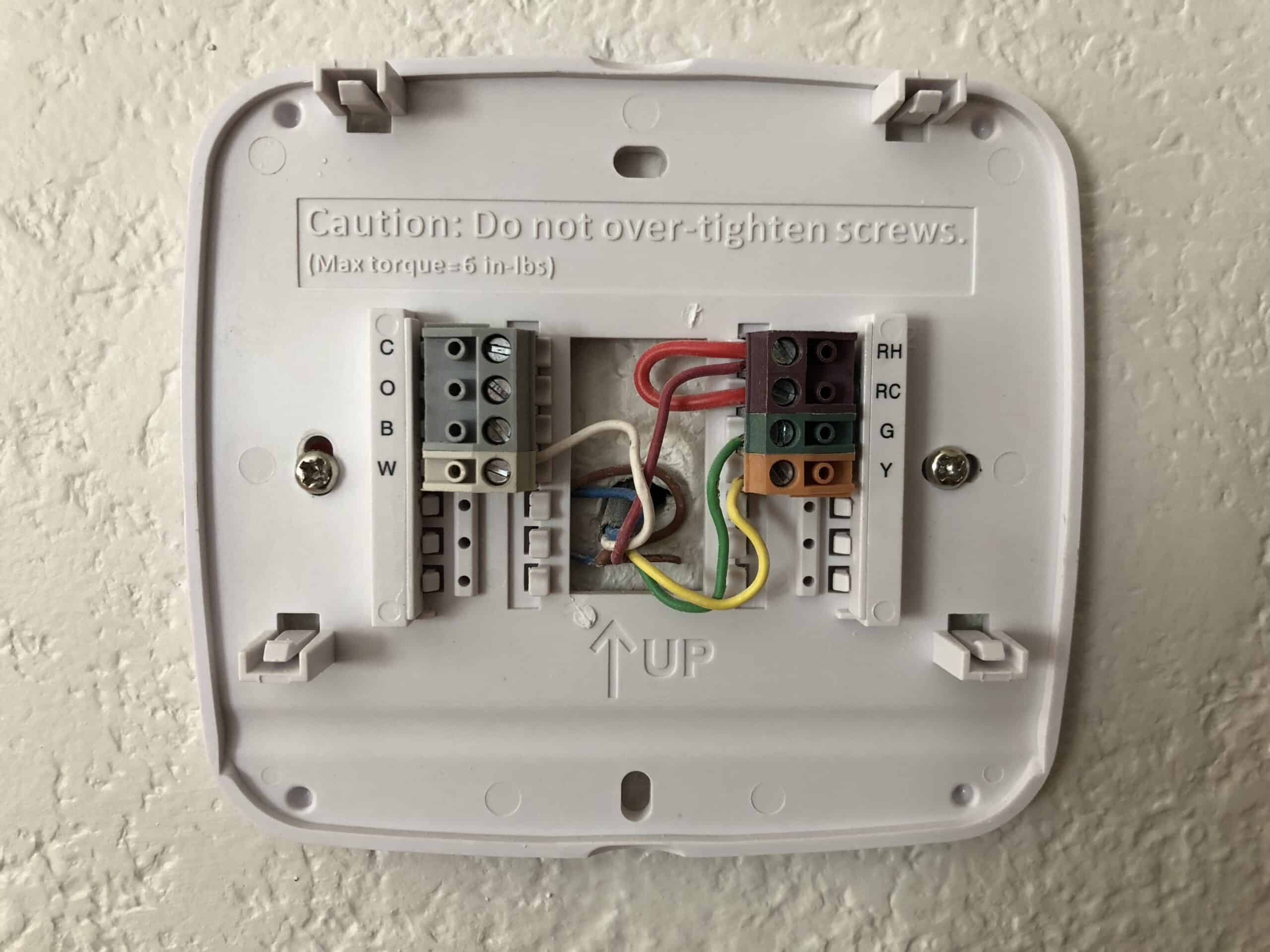
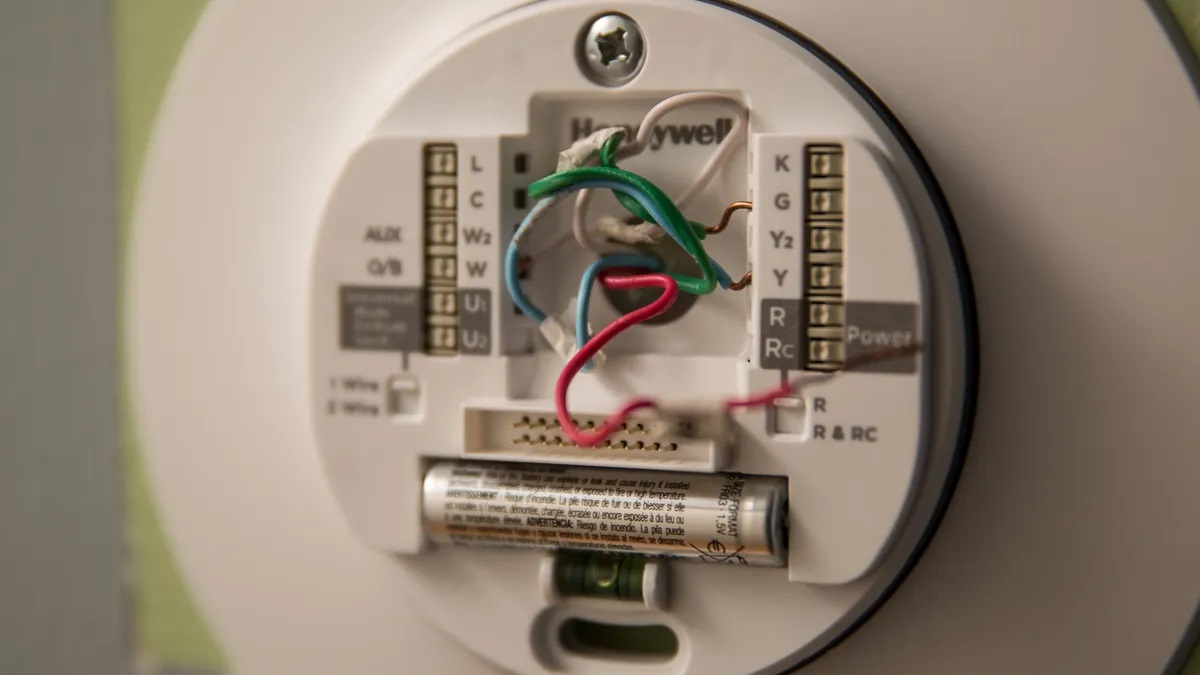
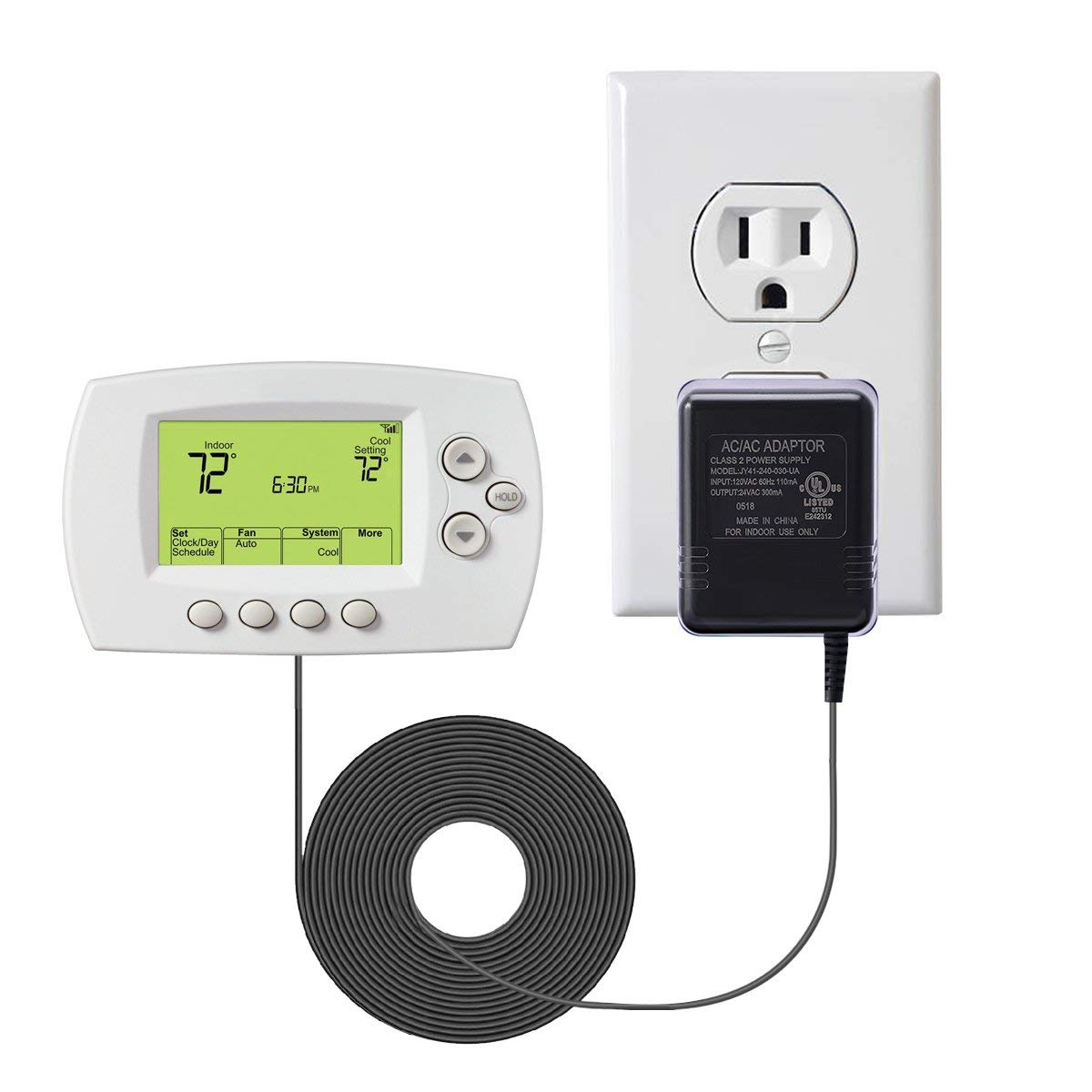
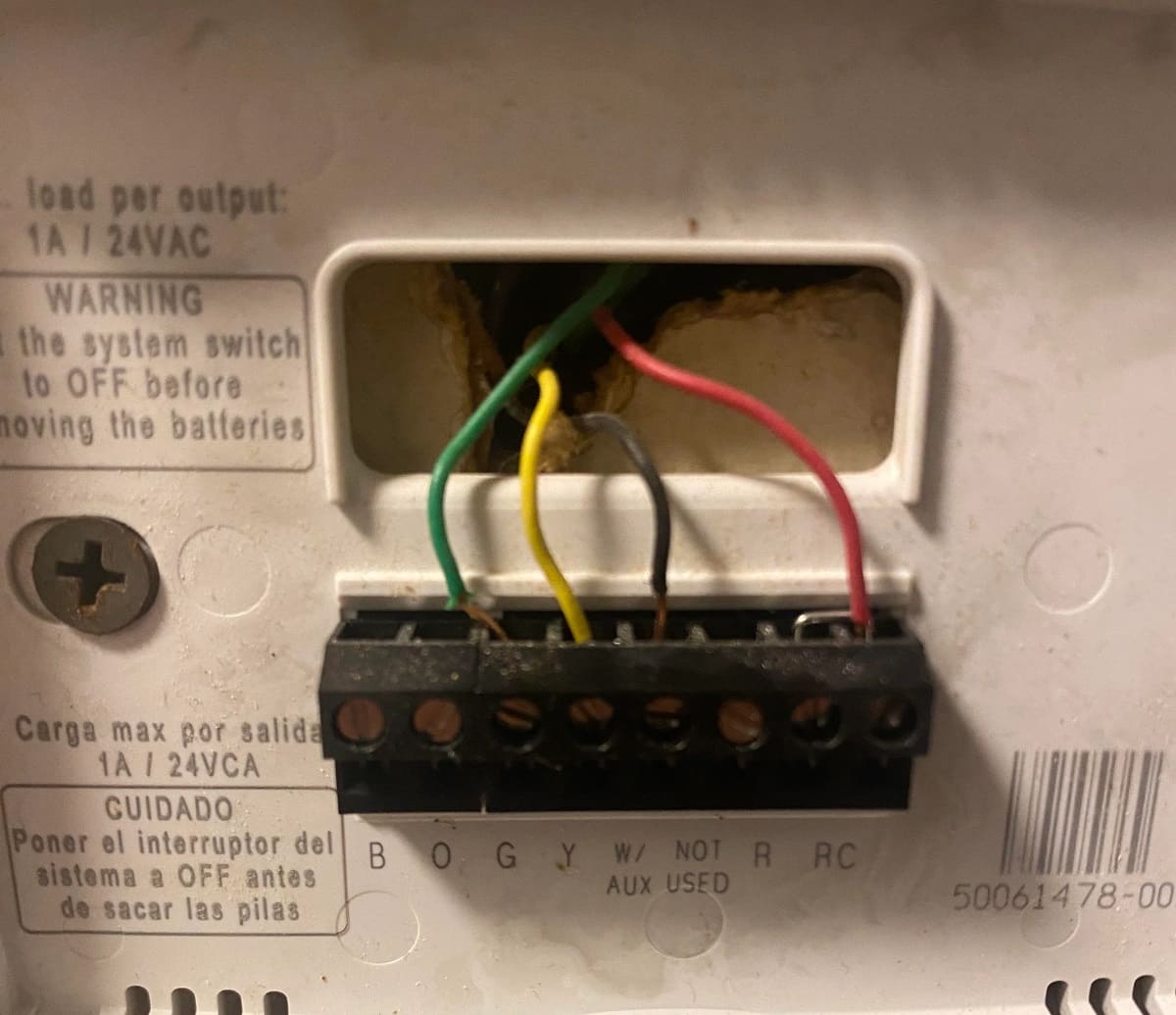
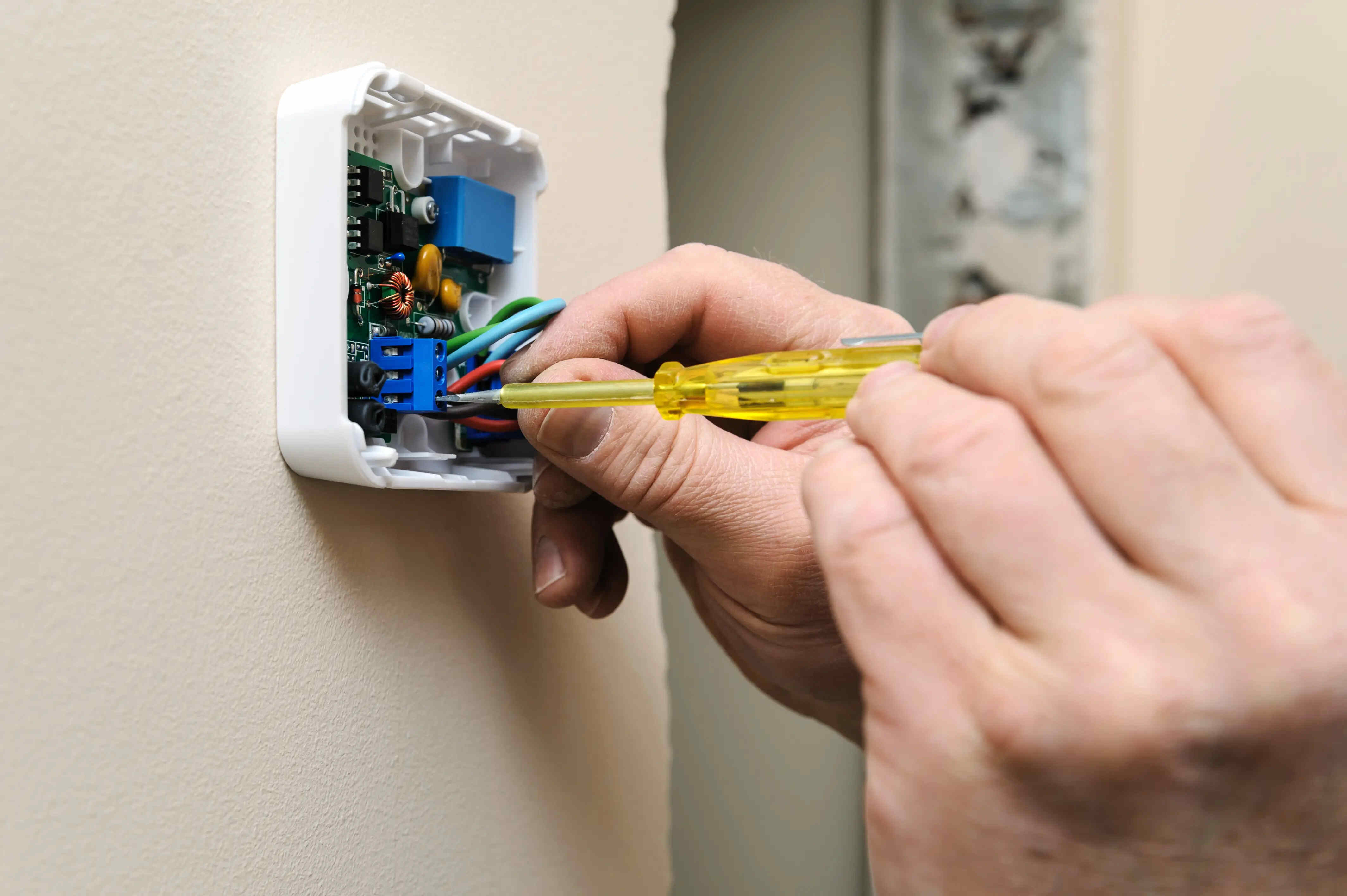
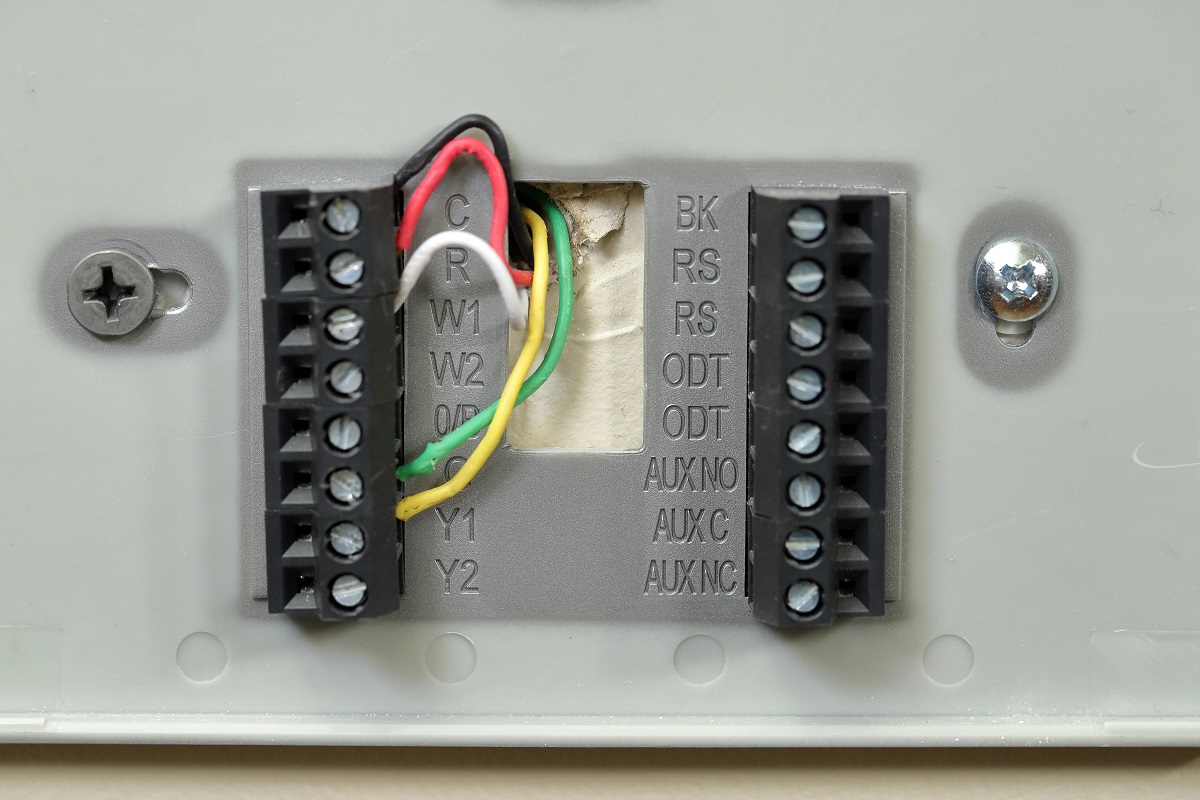
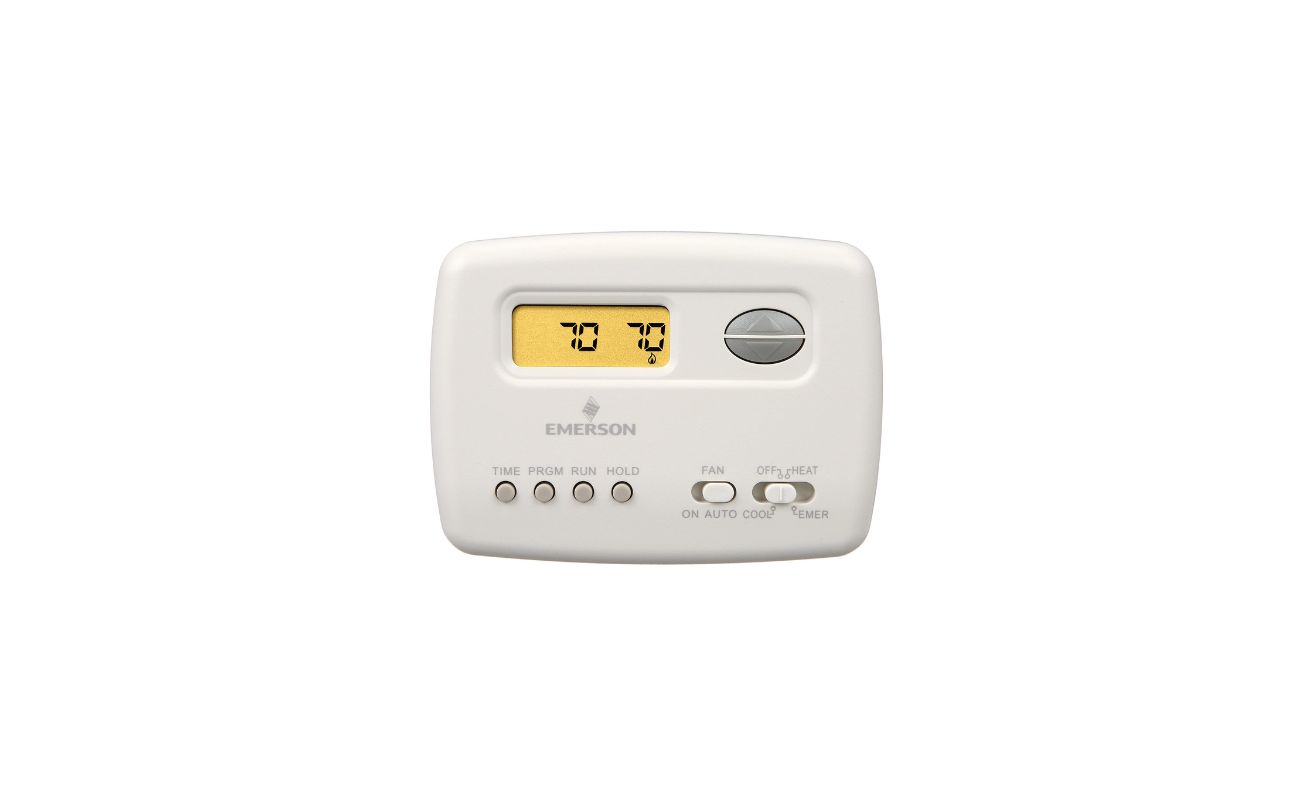
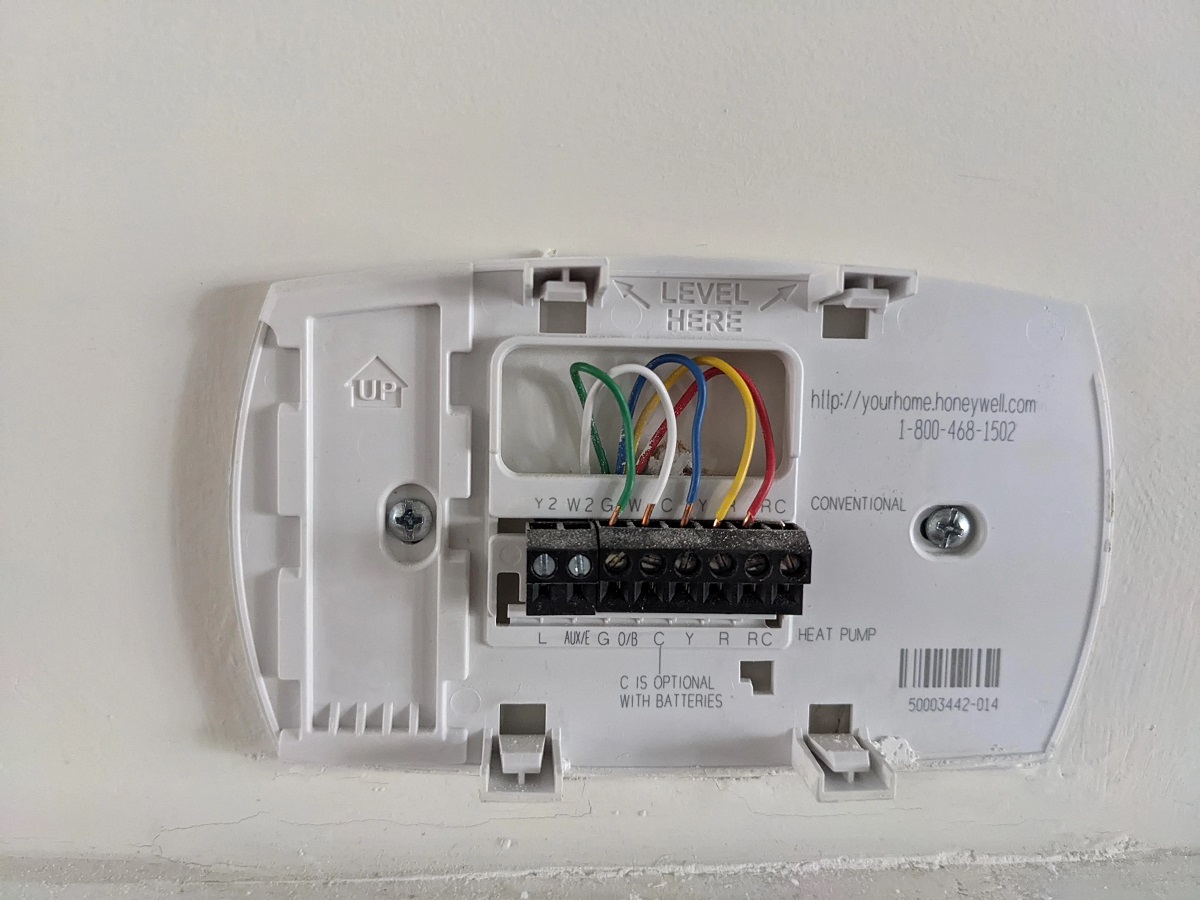
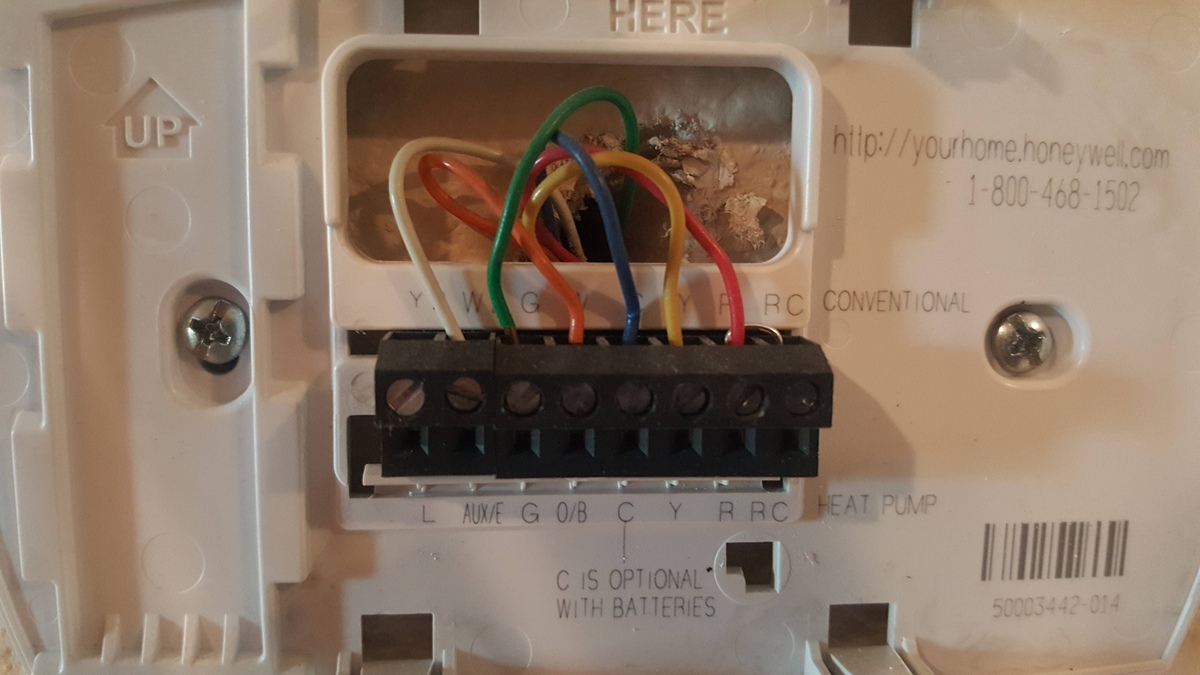
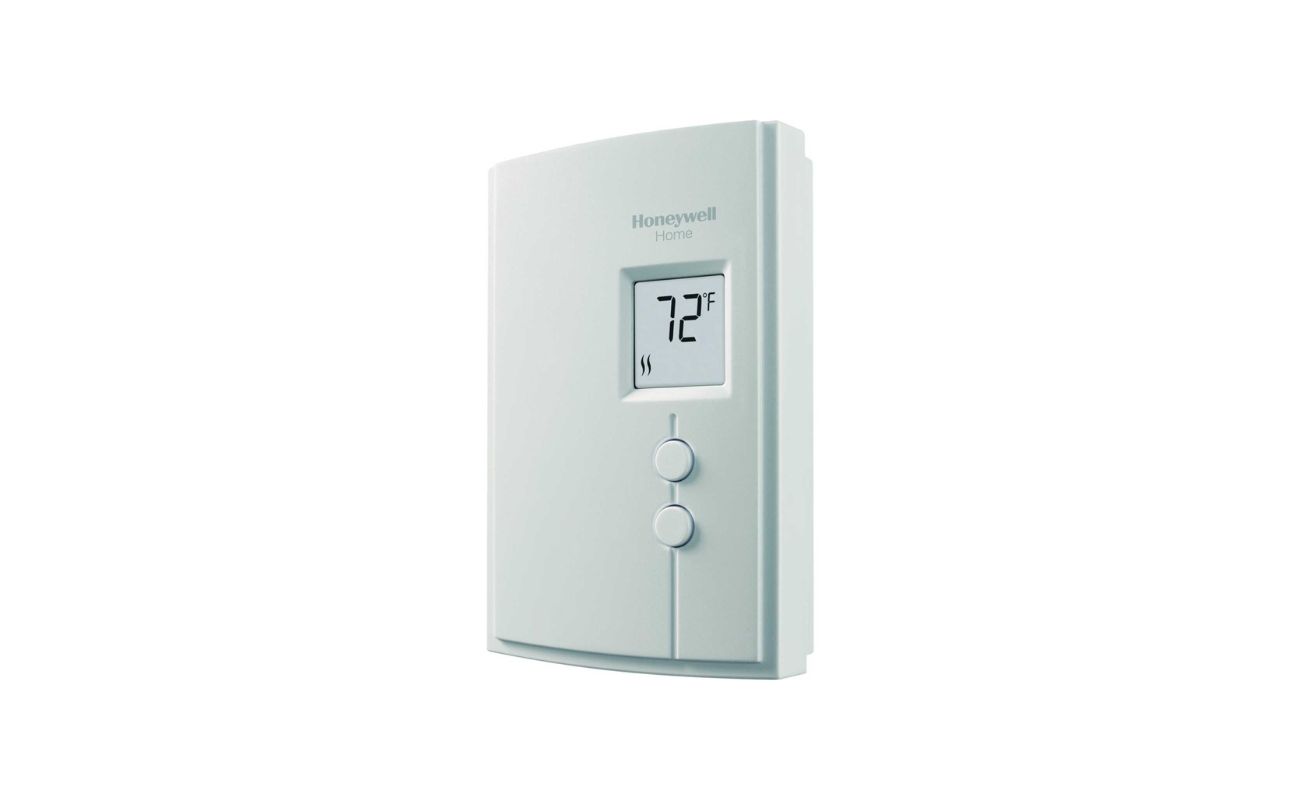
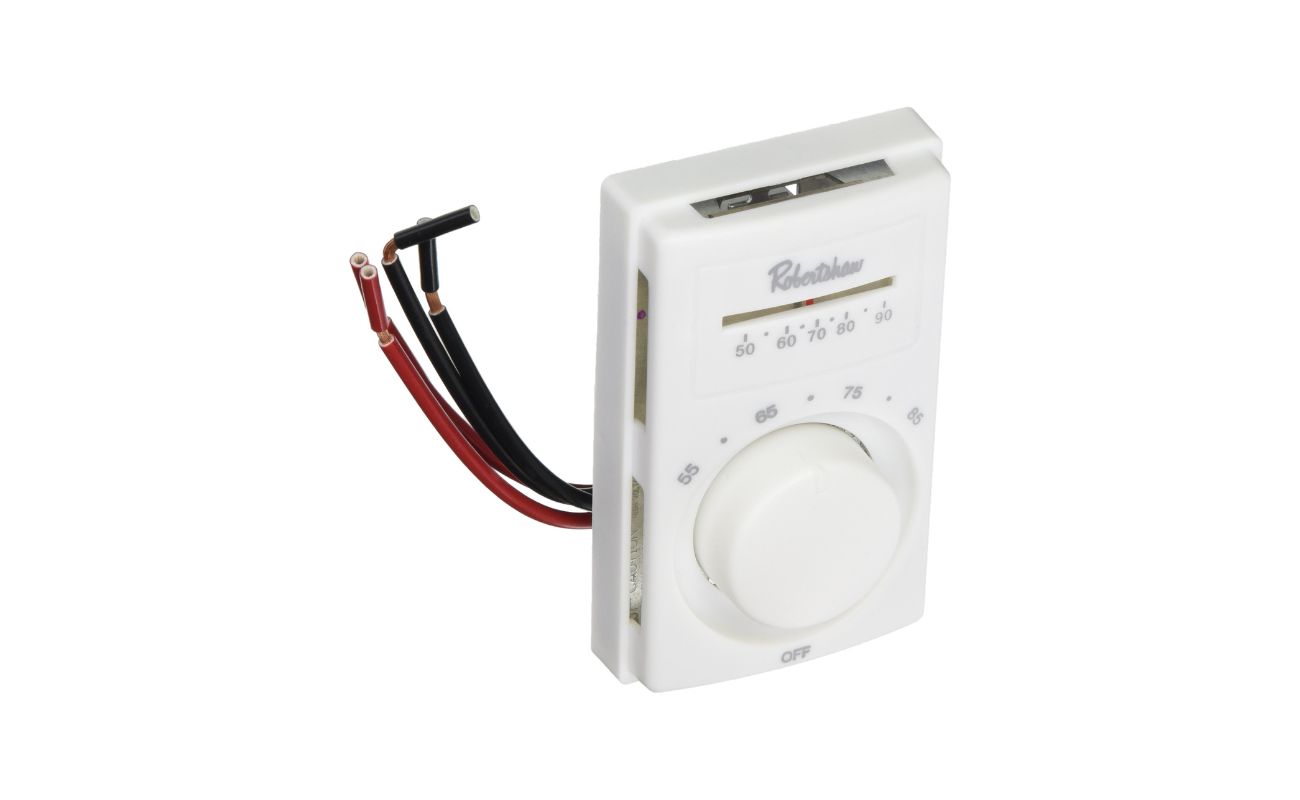
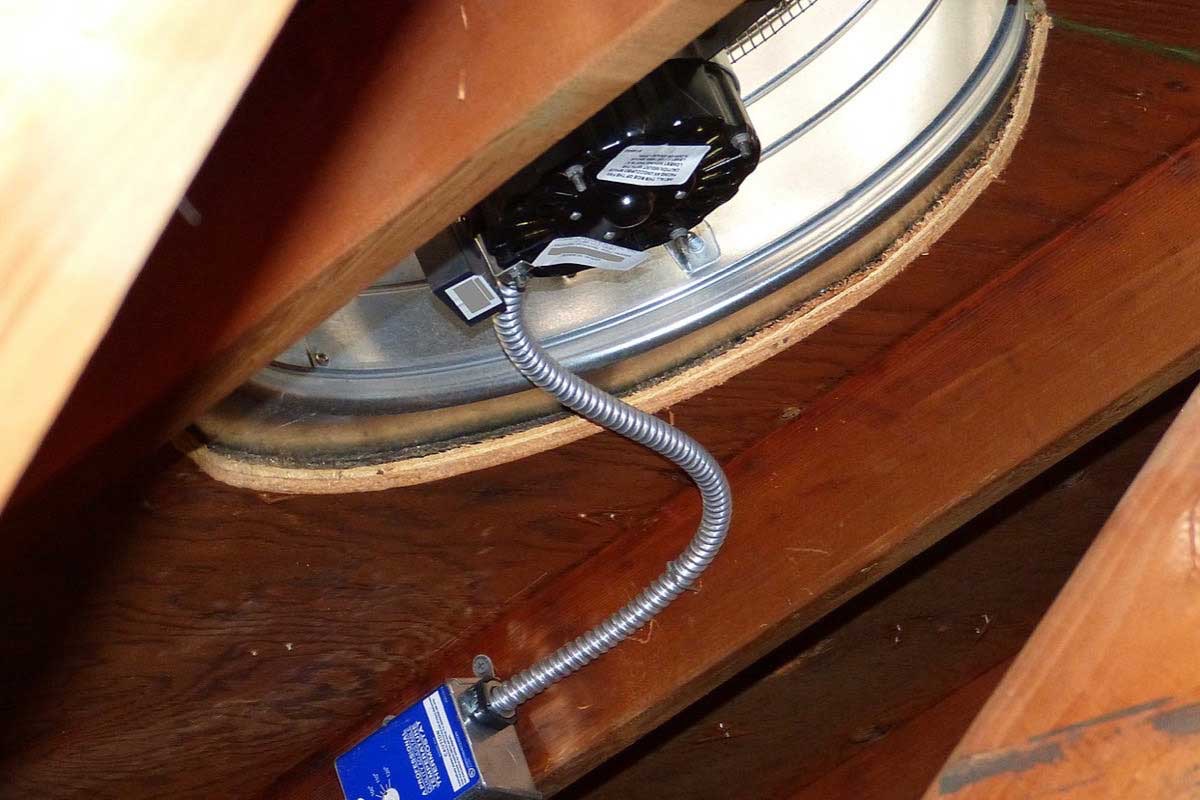

0 thoughts on “What Is The O/B Wire On A Thermostat”